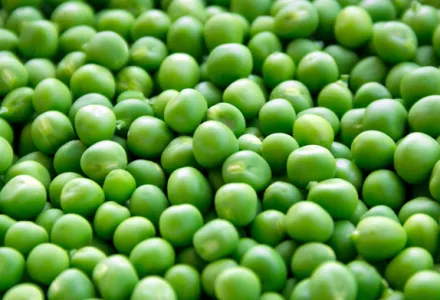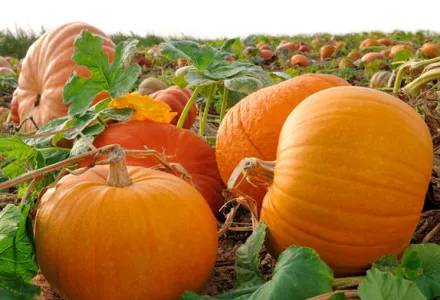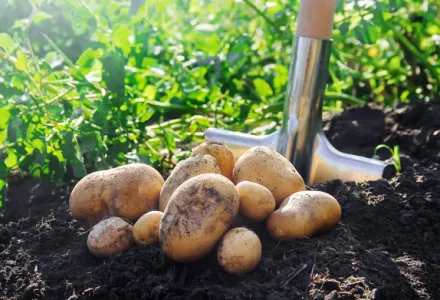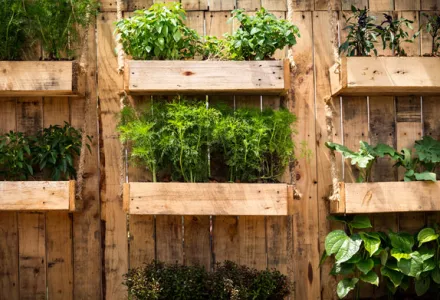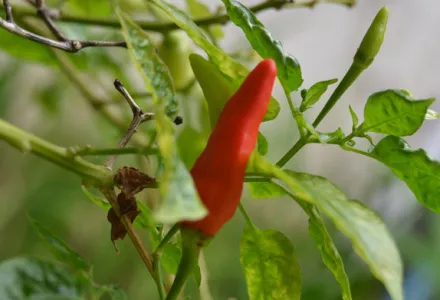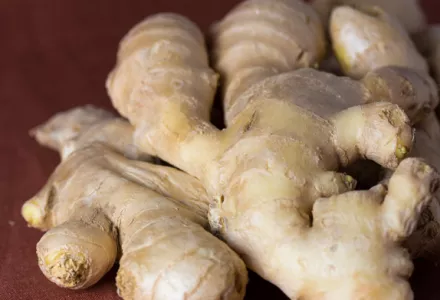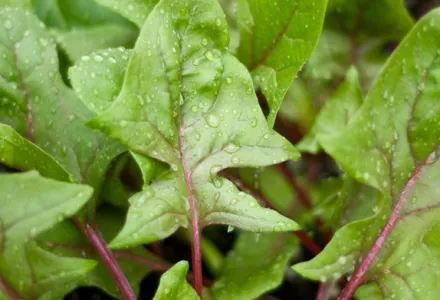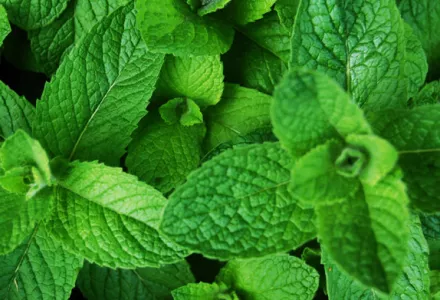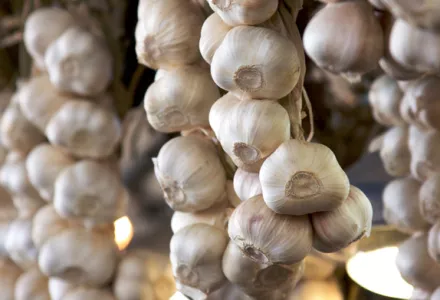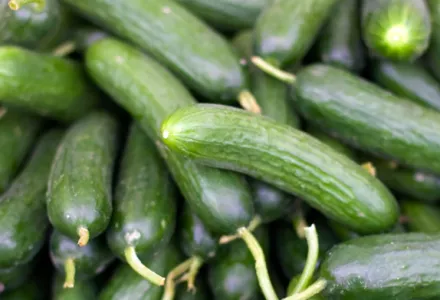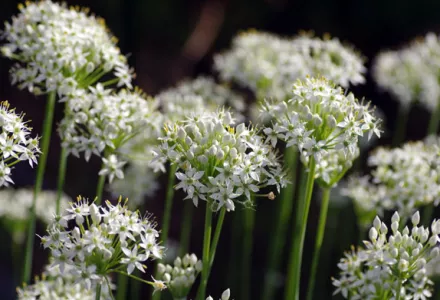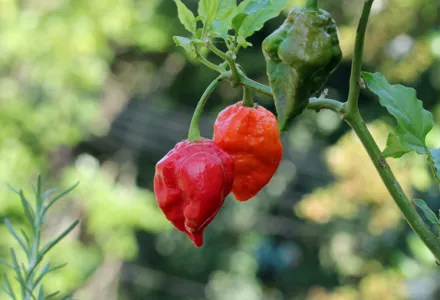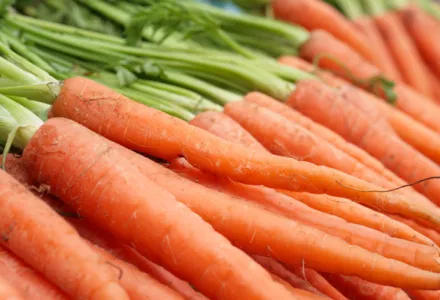A lot of people love tomatoes, but not all tomato-lovers have tried growing this fruit themselves. It can be grown as an annual plant and it is best known as a climbing plant, although the plant was originally a creeper. Tomatoes belong to the nightshade family or Solanaceae, just like peppers and potatoes.
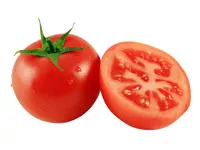
The tomato originates from the Andes mountains in Peru, where they were cultivated as early as 700 B.C. Later, the conquistadores brought them to Europe. They called them ‘golden apples’, and that is why in Italy tomatoes are still called pomodori. Because of their red colour and heart shape, tomatoes gained the reputation of being a love stimulant. The French consider them the ideal aphrodisiac, hence the name pommes d’amour. In Germany too, the tomato is known as the Liebesapfel.
Growing
The space you have available for growing tomatoes will often be the determining factor when deciding which variety to grow. Indoor growing is fairly easy thanks to the range of mini tomato varieties. Here, one mini tomato plant only requires a 10 – 15 cm pot. In vegetable gardens, often several different varieties are grown. This is done so that tomatoes can be harvested and eaten practically all year round. Whether you are growing indoors or outdoors, tomatoes are easy to cultivate and Harvest.
In general, tomatoes can be divided into two varieties: determinate and indeterminate. Determinate tomato plants grow until they have reached a certain height and then stop growing of their own accord. They form one or more vines, which means they stay more compact. The vines of the indeterminate varieties just continue to grow and grow to fill the available space, and will need support.
Tomato plants love warmth, and they also need a lot of nutrients. The shape of the fruit often varies, as does the colour. There are red tomatoes of course, but also yellow, orange, salmon pink, striped and even green ones (even when ripe!).
When harvesting the tomatoes, please be aware that you should not store them in the fridge. Even after harvesting, they love warmth, so please keep them above 10°C.
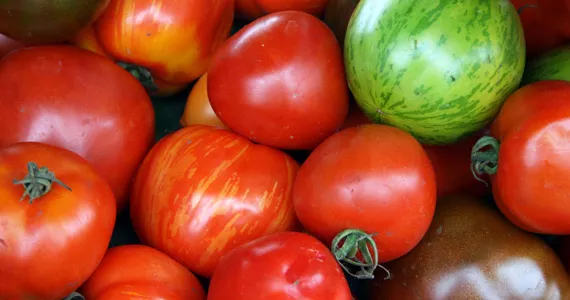
Cooking tomatoes
Tomatoes do not need to be cooked of course. They are delicious eaten raw. However, you should know that slightly simmered tomatoes contain more lycopene than raw ones. So in fact, tomatoes are better for you eaten cooked than raw.
Benefits of tomatoes

Tomatoes have many positive qualities: they are low in calories and rich in various vitamins, and they contain anti-oxidants in the form of lycopene. Lycopene is said to protect against cardio-vascular disease and even cancer. As a tomato paste, lycopene can also delay ageing in cells, meaning fewer wrinkles. Lycopene is similar to the colourants that give things like oranges, carrots, salmon, shrimps and flamingos their distinctive pink or orange colours.
Lycopene does not leave the body overnight, but sticks around for some time. If you drink a few litres of tomato juice every day for a long period, your skin can turn orange or pink, just like a shrimp or a flamingo. Carrot juice will have the same – harmless – effect.
Tomatoes contain the following vitamins:
- Vitamin A – essential for the health of all body cells.
- Vitamins B1, B2 and B6 – involved in cell metabolism, DNA-building and the formation of blood cells.
- Vitamin C – essential for the transportation of oxygen and carbon dioxide in the blood.
The down side
A famous Dutch footballer once said: “Every advantage has its disadvantage” (For those among you who do not have a clue who uttered those famous words, it was Johan Cruijff). The same goes for the tomato. The negative nutritional characteristics of a tomato are:
- Tomatoes have been subjected to genetic modification for years and years. This has been done to improve flavour, enhance resistance to diseases,repel insects, prolong shelf life etc. Scientists still do not agree on whether genetic modification involves any risk to human health.
- Unripe tomatoes contain tomatine, which in large quantities can be toxic to humans. Tomatine can cause fever, weakness, lethargy, apathy, depression, stomach ache and diarrhoea. But tomatine disappears as the tomato ripens – you should therefore only eat ripe tomatoes.
- Tomatoes rot relatively quickly. The best (organic) tomatoes rot the fastest.
- Tomatoes can only be grown on the same piece of land once every 4 years. This is to prevent soil exhaustion and diseases.
Did you know?
Why are tomato stains so hard to shift?
This is all thanks to lycopene. It is a powerful pigment which gives the tomato its red colour. Recent tomato stains in your clothes, can just be washed off, but when the stains are left before washing, they are harder to remove. You can pretreat the stains with water to which you have added some hydrogen peroxide.
Does lycopene decrease the risk of cancer?
No one disputes the fact that your daily food should be rich in fruit and vegetables. They have a significant preventative effect against diseases like cancer. The results of different epidemiological studies have shown the positive effects of consuming tomatoes in general and the role of lycopene in particular. Lycopene is the carotenoid that makes tomatoes powerful antioxidants.
Is lycopene always good?
Even the most beneficial substance has a limit beyond which it is excessive. An allergy is the most common sign that this limit has been reached.
Can you harvest tomatoes from a potato plant?
Yes, both plants belong to the same family, that of the nightshades (Solanaceae). You can graft a tomato shoot onto a potato plant. However, you will need to remove all other growing tips from the potato plant. The vine of the tomato plant will produce tomatoes and potatoes will grow under the ground.

